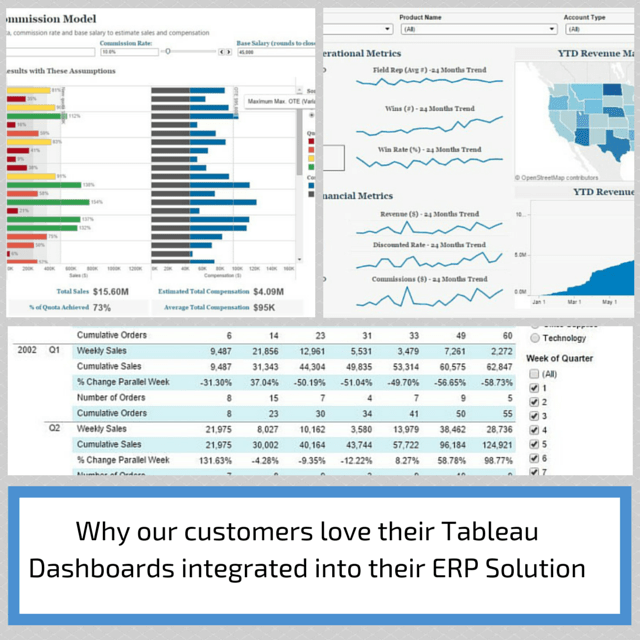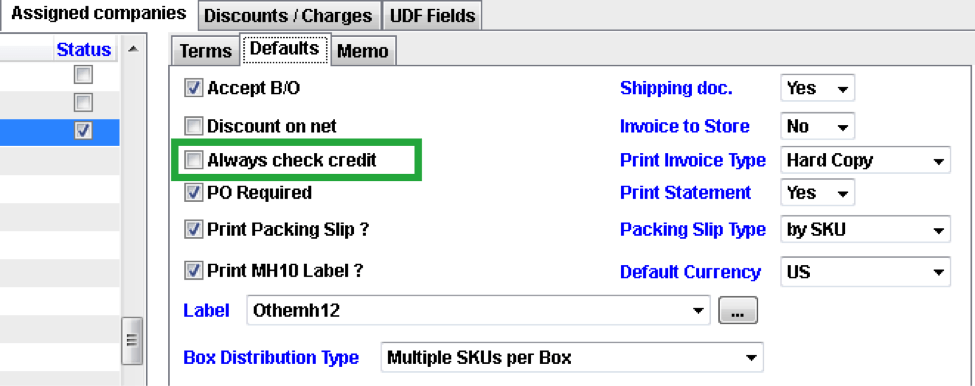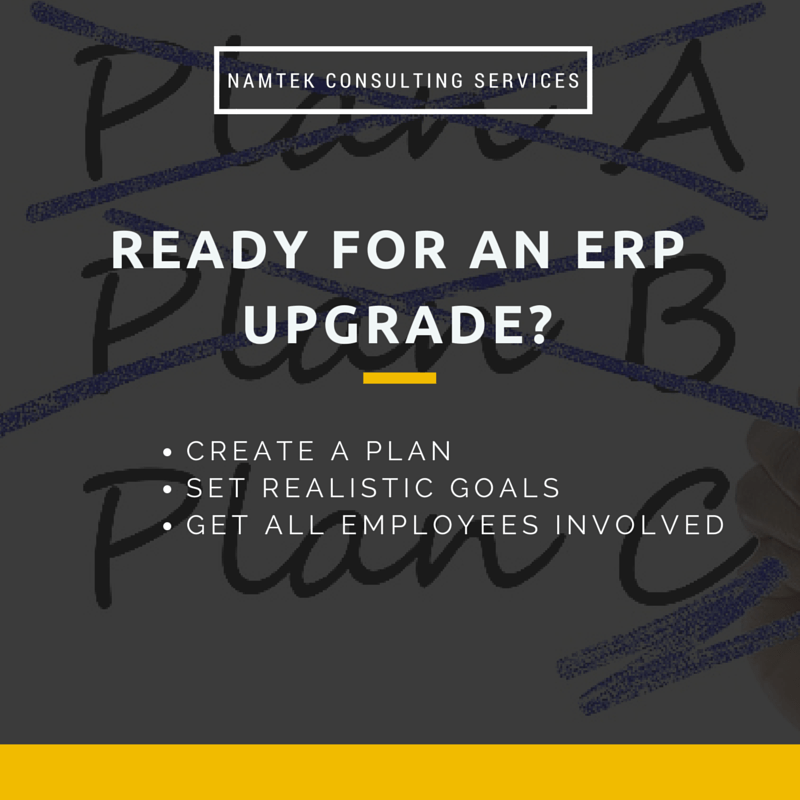Steps for building a Business Continuity Plan
Last Updated on August 23, 2023 by Tatyana Vandich
 A business should always be prepared for an emergency or unexpected disruption. It’s about being proactive and not taking any chances when it comes to the survival of your business. A Business Continuity plan will allow you to allocate the necessary financial and human resources it takes to keep a business running in case of a disaster. This will ensure your customers are being served and demands are being met even if an unexpected event occurs at the office.
A business should always be prepared for an emergency or unexpected disruption. It’s about being proactive and not taking any chances when it comes to the survival of your business. A Business Continuity plan will allow you to allocate the necessary financial and human resources it takes to keep a business running in case of a disaster. This will ensure your customers are being served and demands are being met even if an unexpected event occurs at the office.
We are all too familiar with our drastic climate changes that we encounter during the winter months or the possibility of floods, power outages, computer viruses, etc. All of these possible business disruptions should be handled where solutions for these issues are thoroughly planned out well beforehand to make sure employees can work remotely from home, production is not halted, and business continues as usual.
Here are the 4 steps for building a Business Continuity plan:
1. Identify the most important functions, services and systems that are essential to run your business
In the event of a disaster, companies typically experience disruptions in operations due to the absenteeism of employees, a halt in production, unavailability of supplies and materials as well as any interruption to services (power, communications, etc.). This first step is to determine which functions and services make up your business then categorize them under “Essential”, “Services that can be suspended for a short period of time” and “Services that can be suspended for an extended period of time”. By prioritizing your services/functions you will be able to fully understand what it takes for your business to operate efficiently and smoothly.
Of course if your business is running on an IT solution (ERP, Warehouse Management, etc.) it’s essential to protect all of that data. At this point, you should implement a Business Continuity solution, like QBR, that will efficiently backup your essential data to both your business continuity device (on premises) as well as to the cloud (for remote access).
2. Identify the required skills and staff to perform essential services/functions
Once you’ve prioritized those essential services and functions, you’ll need to identify the required skills and employees that are required to perform those functions efficiently.
3. Identify potential issues
Of course, just like any plan, you need to account for all possible issues that can arise, especially if for a particular situation you will need to modify or eliminate an essential service or function. You will need to create separate action plans for each issue.
4. Prepare a plan for each function/service
At this point, you will be able to find solutions and write down a Business Continuity plan for your company. This plan should include the individuals responsible for implementing the action plan, business impact issues, notification communication plan, staff relocation (with the right ERP solution your employees can work remotely and if there was a system failure, the right Business Continuity solution will allow your staff to easily restore the backed up data from anywhere and continue working in no time), resources needed, etc. Once this plan is fully written up, it’s best to perform trial runs, if possible, and continuously revise and update the plan when necessary.
Be prepared for the unexpected with a Business Continuity plan and solution.
For more details and a great step-by-step guide to follow, visit the BDC’s page on “8 steps for planning your emergency and disaster plan”.
For more information on our Business Continuity solution, QBR, visit our website here.











